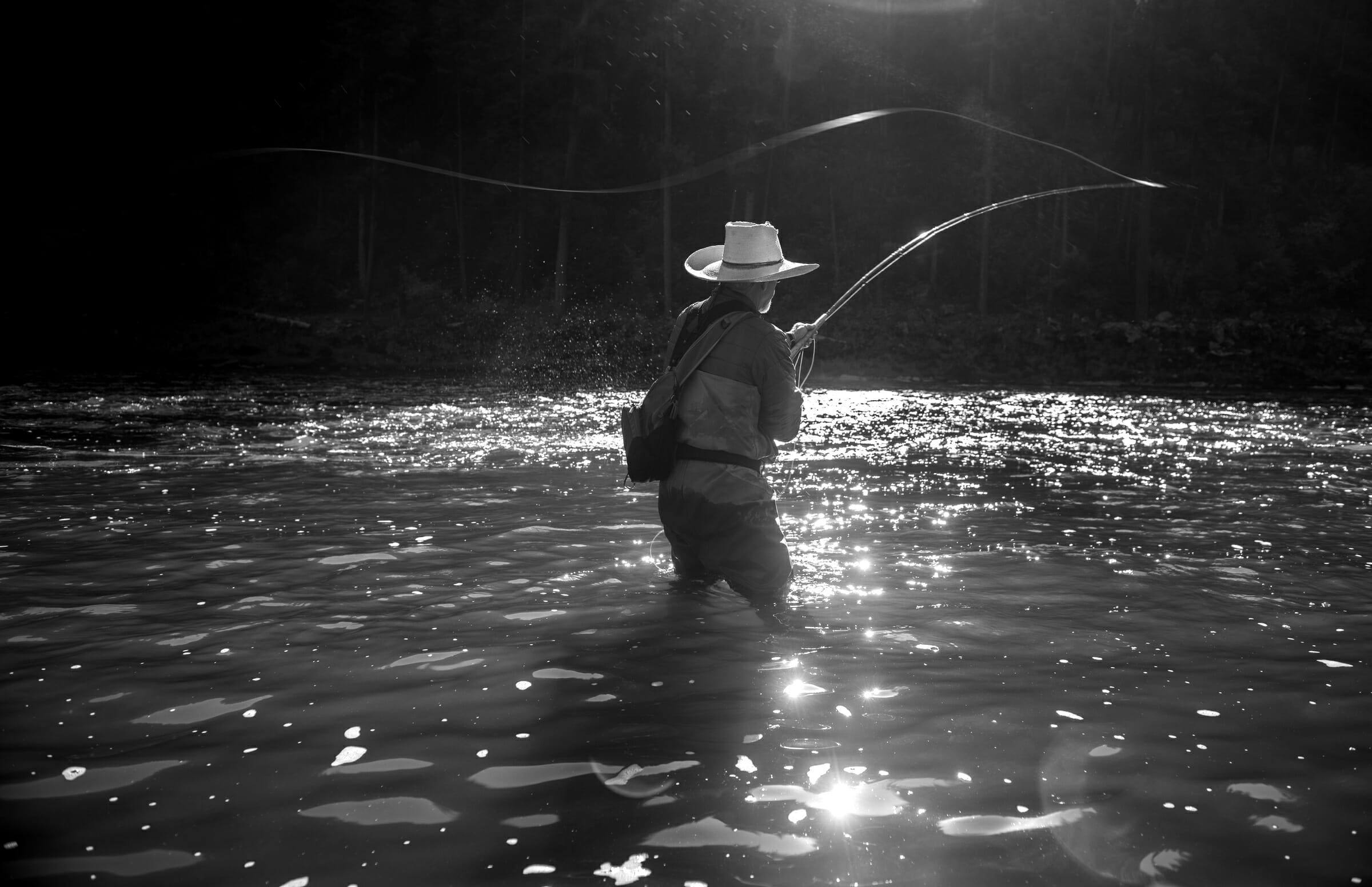[et_pb_section admin_label=”section”]
[et_pb_row admin_label=”row”]
[et_pb_column type=”4_4″][et_pb_text admin_label=”Text”]
Since reading thousands of pages of a draft Environmental Impact Statement is likely not on your list of activities to do while self isolating, we’re going just to cut to the chase: If you want salmon and steelhead to return to the Pacific Northwest, this plan won’t do the trick.
In fact, it might not even avoid extinction.
Snake River salmon and steelhead populations have been declining for decades, impacting anglers and communities and businesses that depend on healthy fish populations. As we look ahead to ways to restore communities, abundant and harvestable salmon and steelhead should be part of the solution.
The proposed plan will shape management of the federal dams on the Columbia and Snake Rivers for years to come. But it does not meet the challenge of our time.
Meeting that challenge will require better planning and action from state and federal lawmakers to find solutions that work both for fish and people.
Please submit your comments on the DEIS by APRIL 13 (guidelines for commenting are included below).
Then reach out to your local elected officials and urge them to bring stakeholders to the table to find collaborative solutions.
For more information go to tu.org/lowersnake.
Points to consider when commenting on the DEIS:
- The Snake River Basin presents the greatest potential for wild fish recovery of any watershed in the Columbia Basin. Mile-for-mile it has the coldest, most undisturbed stream habitat and is predicted to contain the majority of coldwater habitat as the climate warms.
- The science consistently supports removal of the four Lower Snake River dams as necessary to recover robust and fishable populations of salmon and steelhead in the Snake River basin.
- The DEIS makes clear that removing the lower Snake River dams is the best option for Snake River salmon and steelhead, but substantially underestimates the level of benefit.
- The DEIS preferred alternative does not even provide reasonable assurance that it will avoid extinction, let alone recover Snake River salmon and steelhead to abundant, harvestable levels. There is a good chance it will not meet the requirements of the Endangered Species Act and will likely land everyone back in court starting yet another cycle of expensive litigation that keeps the region mired in uncertainty.
- We are running out of time if we want populations of these iconic fish to persist for future generations. It is time for all stakeholders and elected officials to come to the table to build forward-looking and durable solutions that will recover Snake River salmon and steelhead while strengthening the regional economy.
- Dam removal is a proven method to restore fish populations. While this might have been a radical idea at a point in our history, it is not any longer and its power to restore rivers is evident from Maine to the Olympic Peninsula of Washington State.
- The final EIS should include a preferred alternative that includes removal of the lower Snake River dams. Recovery of abundant, healthy and harvestable levels of Snake River salmon and steelhead is not achievable with the dams in place, as several decades of failed recovery efforts and billions of dollars have revealed. The agencies should call on Congress to make the necessary investments to replace the dams’ benefits so we can both recover the fish and maintain a vibrant regional economy.
[/et_pb_text][/et_pb_column]
[/et_pb_row]
[/et_pb_section]



